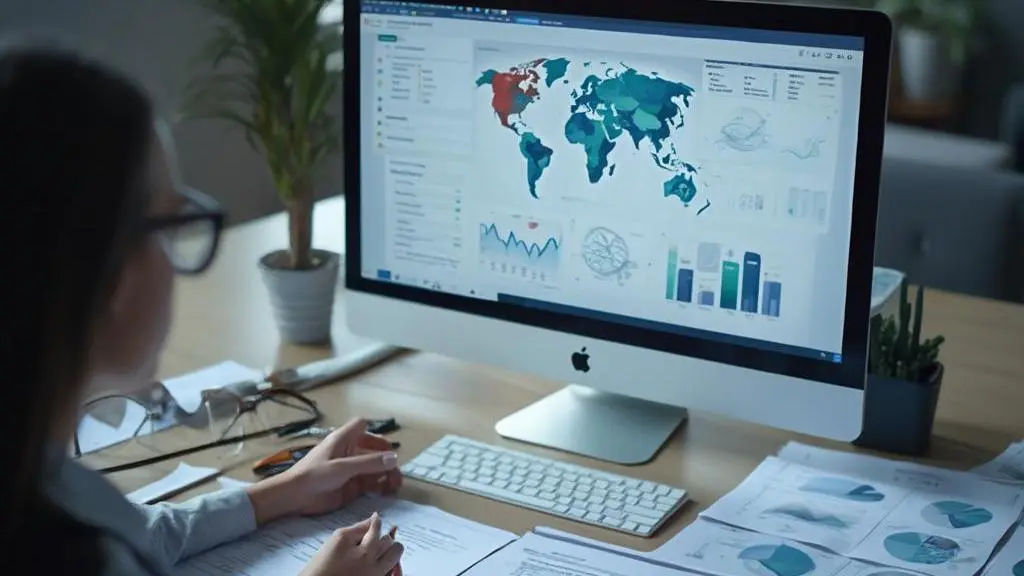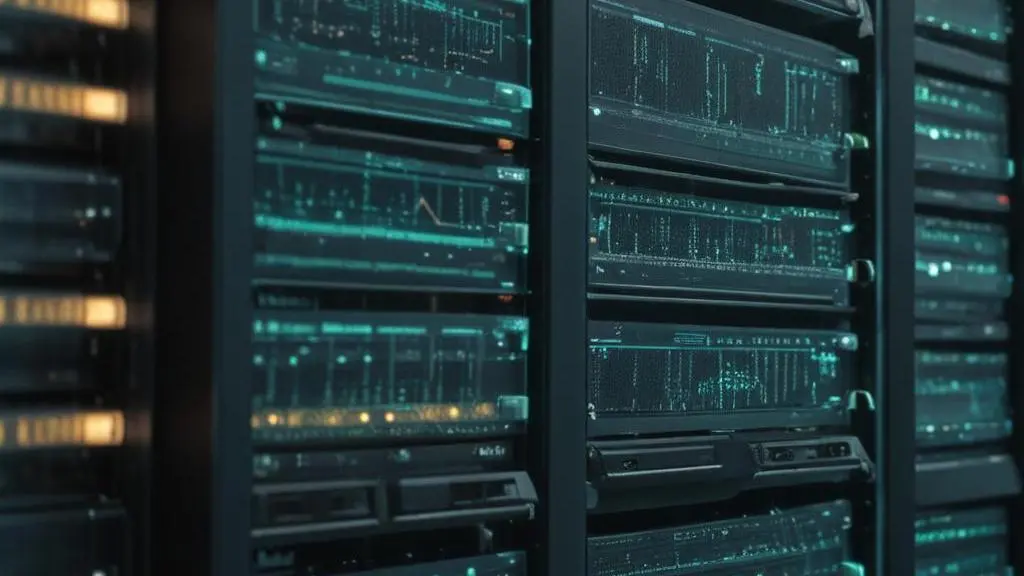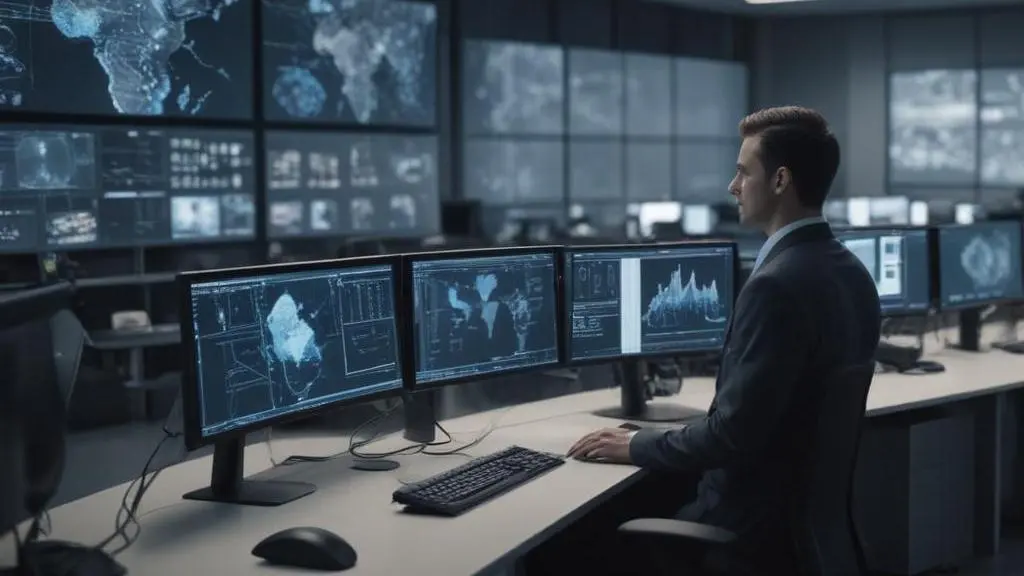Global warming is a pressing issue affecting ecosystems and human societies worldwide. Understanding its causes, impacts, and potential solutions is crucial for mitigating its effects and ensuring a sustainable future.
Causes of Global Warming
Global warming is primarily caused by the increase in greenhouse gases, particularly carbon dioxide (CO2) and methane. These gases trap heat in the Earth’s atmosphere, leading to a rise in global temperatures. Human activities such as burning fossil fuels for energy, deforestation, and industrial processes are the main contributors to this increase.
Greenhouse Gases:
- Carbon Dioxide (CO2): Released mainly through burning fossil fuels and deforestation.
- Methane (CH4): Produced by agricultural activities, landfills, and natural gas leaks.
- Nitrous Oxide (N2O): Emitted from agricultural soil management and industrial processes.
- Fluorinated Gases: Released from various industrial processes.
Human Activities:
- Burning Fossil Fuels: Coal, oil, and gas are burned for electricity and heat.
- Deforestation: Trees absorb CO2; cutting them down reduces this absorption.
- Industrial Processes: Manufacturing and construction release heat-trapping greenhouse gases. Advanced strategies can help monitor and mitigate these emissions.
- Agriculture: Livestock and agricultural practices release methane and nitrous oxide.
Impacts of Global Warming
The effects of global warming are widespread and severe. Rising temperatures lead to melting polar ice caps, rising sea levels, and altered weather patterns. These changes have significant impacts on ecosystems and human societies. Extreme weather events, such as heatwaves, droughts, and storms, are becoming more frequent and intense. Biodiversity loss and disruptions in food and water supplies are also major concerns.
Environmental Impacts:
- Melting Polar Ice Caps: Rising temperatures cause ice caps to melt, contributing to sea-level rise and altering polar ecosystems.
- Rising Sea Levels: As polar ice melts, sea levels rise, threatening coastal communities and habitats. This displaces populations and destroys wildlife habitats.
- Altered Weather Patterns: Global warming disrupts weather patterns, leading to more intense storms and unpredictable weather events.
- Biodiversity Loss: Changing climates force species to adapt or perish, leading to significant biodiversity loss. This affects ecosystems and food chains, as seen in the global peace strategies initiatives.
Societal Impacts:
- Extreme Weather Events: Heatwaves, droughts, and storms are more frequent and severe, affecting agriculture and daily life.
- Disruptions in Food and Water Supplies: Changing weather patterns affect crop yields and water availability, leading to food and water shortages.
- Health Risks: Increased temperatures and extreme weather events exacerbate health issues, particularly for vulnerable populations.
- Economic Losses: Damage from extreme weather events and disruptions in agriculture and tourism lead to significant economic losses.
Sustainable Solutions
Mitigating global warming requires a multifaceted approach. Adopting renewable energy sources, such as solar and wind power, can significantly reduce greenhouse gas emissions. Energy-efficient practices, reforestation, and sustainable agriculture are also crucial. Individuals and organizations can play a role by reducing their carbon footprint through practices like recycling, conserving energy, and supporting eco-friendly initiatives.
Renewable Energy Sources:
- Solar Power
- Wind Power
- Hydroelectric Power
- Geothermal Energy
Eco-friendly Practices:
- Energy Efficiency
- Reforestation
- Sustainable Agriculture
- Recycling
Solar power harnesses the sun’s energy through photovoltaic cells. This clean energy source is abundant and widely accessible. Rooftop solar panels can power homes and businesses, reducing reliance on fossil fuels. Wind power converts kinetic energy from wind into electricity using turbines. Offshore and onshore wind farms can generate substantial amounts of clean energy. Hydroelectric power uses the force of moving water to produce electricity. Dams and turbines convert water’s kinetic energy into electric power. Geothermal energy taps into the Earth’s heat, using it to generate electricity or heat buildings. This stable and reliable source can be harnessed in regions with geothermal activity.
Energy efficiency involves using less energy to achieve the same outcomes. Efficient appliances and buildings reduce energy consumption. Reforestation helps absorb carbon dioxide from the atmosphere. Planting trees restores degraded lands and enhances biodiversity. Sustainable agriculture practices, such as crop rotation and organic farming, reduce emissions and preserve soil health. Recycling conserves resources and reduces waste sent to landfills. By reusing materials, we lower the demand for raw materials and energy. Cyber security best practices are also crucial in ensuring the integrity and reliability of digital systems supporting these initiatives.
Taking Action
Combating global warming is a collective responsibility. Governments, businesses, and individuals must work together to implement sustainable solutions. By advocating for policies that support renewable energy and environmental conservation, we can make a significant difference. Education and awareness are key to driving change. Join the movement today and take action to protect our planet!
To stay informed and become part of the solution, join our community and access valuable resources and support for sustainable living.
Final words
Global warming is a complex issue with far-reaching impacts on our planet. By understanding its causes and effects, we can take meaningful steps towards mitigation. Adopting sustainable practices, investing in renewable energy, and reducing our carbon footprint are essential for a brighter future. Join the effort to combat global warming and ensure a healthier planet for future generations.






Leave a Reply